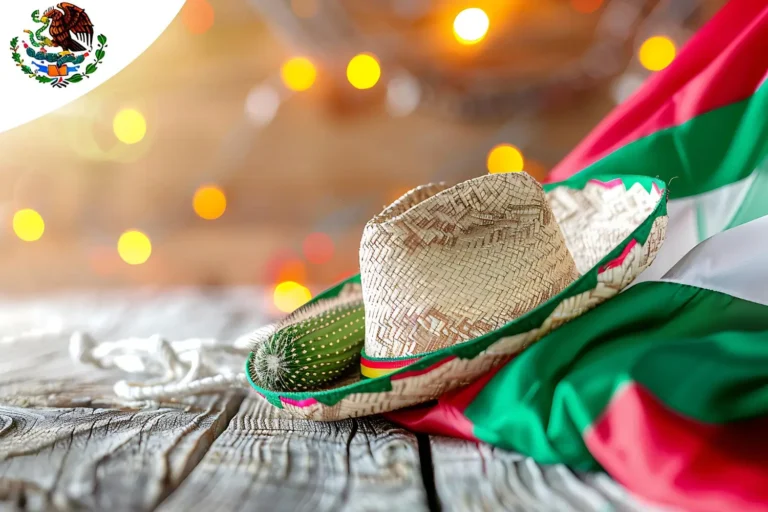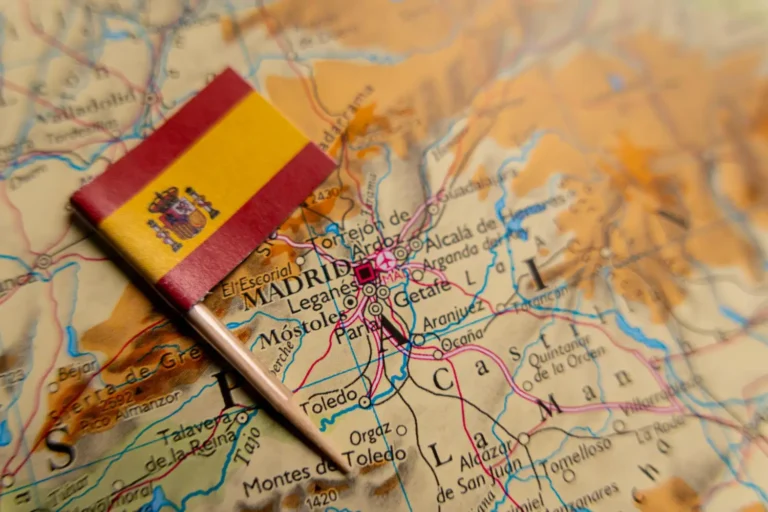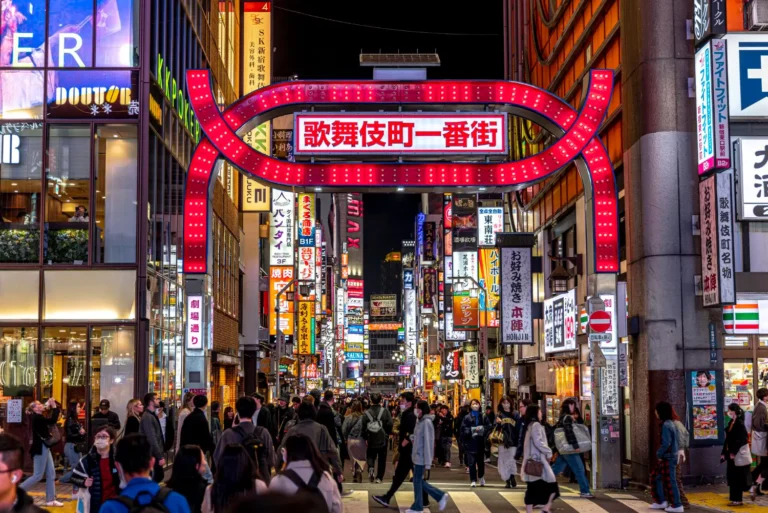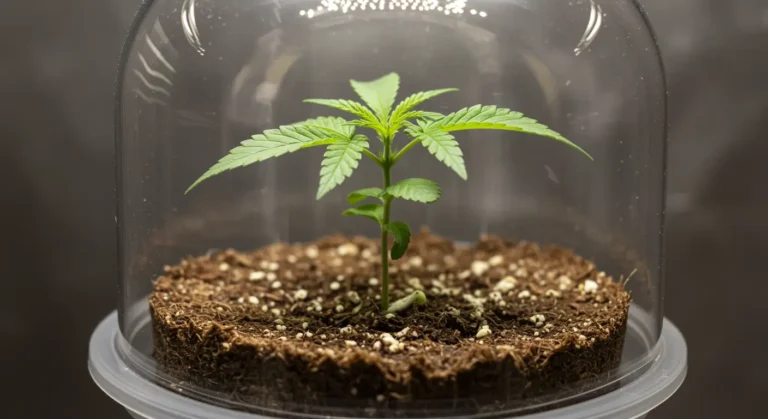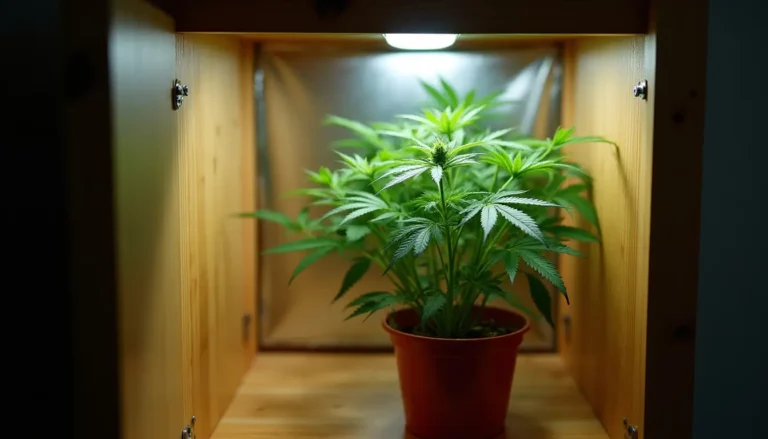Cannabis in Mexico is legal for medical use and decriminalized for personal recreational use, though not fully regulated. Since June 2021, adults have technically been allowed to possess up to 28 grams and cultivate up to six plants for private use after obtaining a permit from COFEPRIS (the Federal Commission for Protection against Sanitary Risk).
However, despite Mexico’s Supreme Court’s landmark decision, the country still lacks a clear framework for commercial production and retail sales. In practice, this means that while personal possession and limited cultivation are no longer criminal offenses, buying or selling cannabis remains illegal. As of today, cannabis in Mexico exists in a legal grey area; tolerated in small amounts but not yet part of a fully regulated market.
Top things to remember
- Cannabis in Mexico is legal for medical use and decriminalized for personal possession of up to 28 grams, but recreational sales remain illegal.
- There are no licensed dispensaries yet, and buying or transporting cannabis across borders can still lead to arrest or fines.
- Public use is limited to a few tolerance zones in Mexico City; consuming elsewhere should be done discreetly and only in private spaces.
Legal Framework for Cannabis in Mexico
While it is legal for medical use, the laws governing recreational consumption are decriminalized but not fully legalized.
Under federal law, possession of small amounts (historically up to 5 grams) is decriminalized, meaning you may avoid criminal prosecution, but this doesn’t mean complete legal sale or commercial distribution is permitted.
Penalties remain in place if quantities exceed what is considered “personal use,” or if the activity is judged to be supplying or trafficking. For example, manufacturing or distribution can carry substantial prison terms.
On the topic of THC vs CBD: products containing cannabidiol (CBD) are subject to strict regulation, and derivatives with more than 1% THC are not approved for food, supplements, or beverages under the General Health Law.
Regarding tourists versus residents: although the court rulings apply broadly, the regulatory ambiguity means that visitors may face more uncertain enforcement, and foreign prescriptions or regulatory allowances may not be recognized.
In effect, whether you are a resident or a tourist, you are dealing with a legal grey zone: personal use is largely tolerated, but commercial sale, purchasing, transport beyond small amounts, or crossing borders remains illegal and risky.
Access to Medical Cannabis in Mexico
The federal reform of 2017 authorized the manufacture and prescription of cannabis-based medications and the issuance of permits by COFEPRIS. To qualify as a patient, an individual must obtain a prescription from an authorized healthcare professional and use a product approved through the regulatory pathway applicable to medicines.
However, access remains tightly restricted: the medications must follow the same approval process as other pharmaceuticals, including clinical trials and licensing, which limits the range of available treatments.
For tourists, the situation is even more constrained. The regulations in effect are designed for Mexican residents and authorized medical-use patients; foreign visitors are not commonly accommodated under the standard medical cannabis program. Products containing higher levels of THC for recreational purposes remain outside legal sale and distribution. Thus, while “medical cannabis” is technically legal, practical access for tourists is minimal and uncertain.
Navigating Cannabis Purchases in Mexico
When it comes to buying cannabis in Mexico, the situation remains highly restricted and largely informal. While the adult personal use of cannabis has been decriminalized, there is no legal framework for retail sales of recreational cannabis.
There are no licensed dispensaries or pharmacies authorized to sell cannabis with significant THC content for recreational use. The regulatory body COFEPRIS has not issued any licenses for commercial distribution of adult-use cannabis.
Consequently, tourists cannot legally buy recreational cannabis in Mexico. Any purchase you make falls outside the formal legal market and enters an unregulated zone, which carries the risk of legal or safety issues.
As for pricing, reliable official data is lacking due to the absence of a regulated market. Informal reports suggest a wide range of costs on the unlicensed market. Still, these are not legally sanctioned and carry risks.
In short, while possession for personal use may be tolerated under certain circumstances, the purchase and sale of cannabis remain legally out of bounds for both residents and visitors.
Public Use of Cannabis: What You Should Know
In Mexico, the use of cannabis remains an area of significant legal ambiguity. Possession of small amounts has been decriminalized, but that does not mean that use in public places is universally permitted. According to legal analysis, the federal framework still prohibits the production, import, sale, and commercial distribution of recreational cannabis.
In Mexico City (CDMX) specifically, the government has introduced designated “tolerance zones” (zonas de tolerancia cannábica) where consumption is informally tolerated under specific conditions. For example, since 2025, the city has operated three such zones with rules including daytime hours, time limits, and prohibition of sales.
When it comes to private spaces like hotels or Airbnbs, there is no solid federal rule guaranteeing the right to smoke cannabis indoors. Local laws and property rules apply, meaning that consumption within your accommodation depends on the hotel or apartment’s policies and whether smoking is allowed. Because commercial regulation is lacking, you operate at your own risk.
Regarding transportation and carrying cannabis: Although possession up to certain limits is decriminalized, that does not equate to full legal protection while carrying cannabis in public, especially for tourists. Some enforcement scenarios may still result in detention or fines.
Traveling Into (or Out of) Mexico with Cannabis
When it comes to taking cannabis into or out of Mexico, you should assume it is strictly prohibited under current law.
The official guidance from the Consulado de México states that travelers entering Mexico may bring medicines for personal use, regardless of active component, only if they have a prescription or a letter from their physician. Cannabis and its preparations, however, are listed among “drugs and other psychotropic substances” that are subject to the standard outlawed-import rules.
Suppose you are caught at customs with cannabis (or cannabis products). In that case, the possible consequences include seizure of the substance, fines, arrest, and even jail time. Foreign nationals have no special exemption, and committing an offense can lead to full enforcement under Mexican law.
Airport and border security generally treat cannabis like any other illicit drug. While you might pass through screening without detection, the absence of a legal import route makes any attempt to bring it into or out of Mexico risky and not advised.
Policing, Risks, and What You Should Be Aware Of
While some personal possession has been decriminalized, large-scale trafficking, cultivation without permits, and commercial distribution still carry serious penalties, including up to 25 years in prison for offenses like cultivation or transport beyond small personal amounts.
Law-enforcement behavior varies significantly. Some police officers in Mexico are reported to apply the laws strictly. In contrast, others may exercise discretion, especially in cases of small possession. However, research indicates that even after the decriminalization of “small amounts”, the number of arrests for users hasn’t dropped dramatically in places like Tijuana. Corruption and inconsistent application of the law are also documented concerns in certain jurisdictions.
For travelers and residents alike, the realistic risk of arrests or fines depends on several factors: the amount of cannabis, the location (state or city), whether the case appears to involve trafficking or just personal use, and the behavior during police interaction. Because regulatory rules remain vague in many regions, even minor violations, such as carrying more than the de facto tolerated amount or being in a location where public consumption is prohibited, can trigger legal consequences.
Scams and pitfalls are also worth watching out for: for example, informal “tolerance zones” or unauthorized vendors might promise safe purchase or consumption but may expose you to legal risk, police attention, or theft. Always be cautious of street-level sales, ambiguous deals, or situations where you feel pressured.
Social Perceptions and Cannabis Culture in Mexico
A 2023 study found that despite growing international acceptance, cannabis use is still stigmatized in Mexican society and seen by many as a risky or morally questionable activity rather than a mainstream lifestyle.
In some urban and younger-demographic circles (especially in cities like Mexico City and Guadalajara), you’ll find a burgeoning and more open cannabis community: private “clubs”, informal meet-ups, and advocacy groups pushing for broader social acceptance. That said, many Mexicans, particularly in more conservative or rural areas, may still judge or view cannabis use negatively. Public consumption can draw disapproving glances or raise concern, even if it may not always lead to legal repercussions.
Activism and cultural spaces are increasingly visible: for example, groups such as Movimiento Cannábico Mexicano are organizing, educational outreach is expanding, and “tolerance zones” for consumption have been introduced in Mexico City to support a more open, but regulated, use. All of which suggests that if you do participate in cannabis-related social scenes, approach them respectfully, stay aware of context, and remember that acceptance is still partial and conditional.
Local Insights for a Smoother Visit
In Mexico, you’ll hear cannabis referred to by informal terms such as “mota” for weed and “porro” for a joint. If you’re talking with locals about it (though you should keep discretion in mind), these are common words.
In places like Mexico City, there are designated consumption spots known as “420-zones” or “tolerance zones” (zonas de tolerancia cannábica) where use is tolerated under specific rules. For example, recent updates show three official spots selected by city authorities with defined time frames, no sales allowed, and other restrictions.
Regarding accommodation, you can find listings for so-called “420-friendly” lodging in Mexico (for example, via specialized platforms). That said, choosing a hotel or Airbnb that explicitly allows smoking or cannabis use is wise, and you must still abide by property rules and local laws, as tolerance does not equal full legality.
Final Word of Caution for Cannabis Travelers
Before planning any cannabis-related travel to Mexico, it’s essential to remember that laws and enforcement practices can change quickly. While possession and private use of small amounts have been decriminalized, there is still no fully regulated legal market, and many aspects remain under debate in the courts and among politicians. Always check the latest updates from COFEPRIS or reliable legal sources before your trip.
Travel smart and stay discreet. Even in tolerance zones or private settings, avoid public smoking, large gatherings, or drawing attention to your use. Respect local attitudes: what might feel acceptable in Mexico City could still be frowned upon or penalized in smaller towns or rural regions.
Above all, remember that you’re a guest in another country. Keeping a low profile, staying polite if approached by authorities, and following local guidance will make your cannabis-related travel both safer and more respectful.


